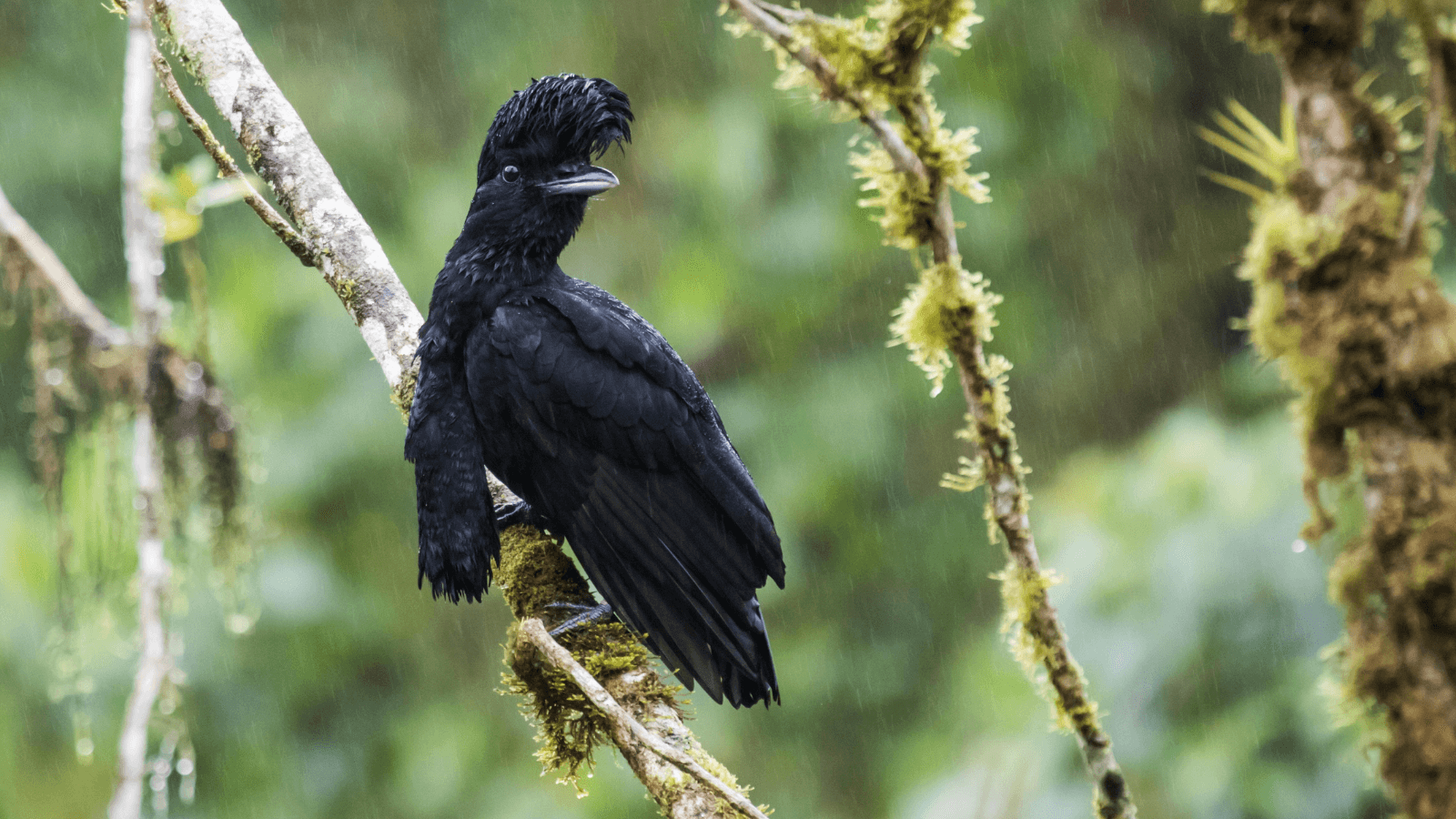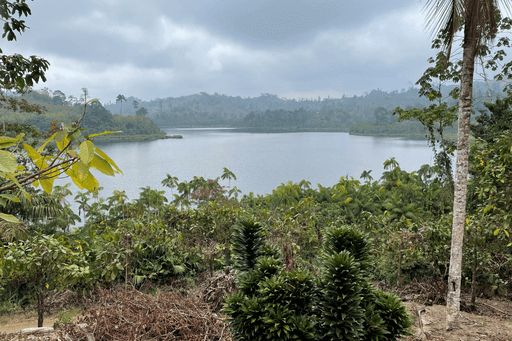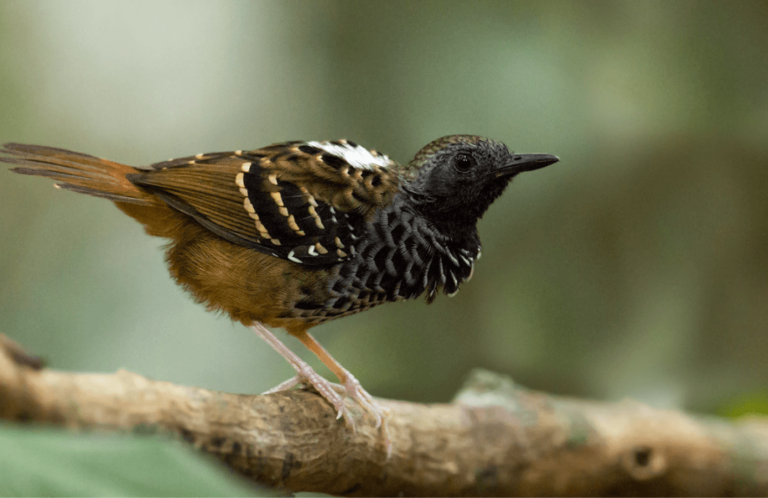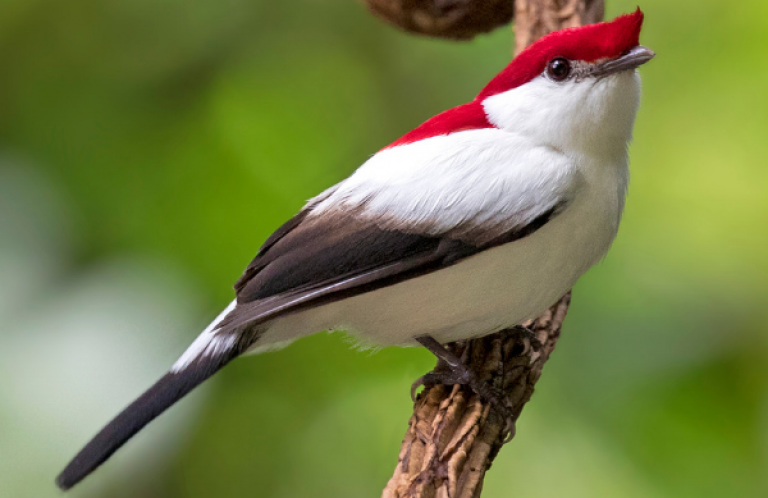Ecuador Reserve Expansion Shields Forest Habitat from Imminent Risk of Clearing

Thanks to support from American Bird Conservancy (ABC), local Ecuador partner Fundación para la Conservación de los Andes Tropicales (FCAT) has expanded its reserve protecting some of the last remaining Chocó forest habitat in the world. The expansion brings the reserve's total size up to 1,546 acres (626 hectares) and will provide additional protected habitat for imperiled species including the Endangered Banded Ground-Cuckoo and Vulnerable Long-wattled Umbrellabird.
“ABC is excited to support this reserve expansion because it contributes to the protection of the Chocó region of Ecuador, one of the most highly diverse and threatened tropical forests on the planet,” said Marcelo Tognelli, International Project Officer for ABC.

Due to its lush forest ecosystems, Ecuador boasts an astonishing level of biodiversity. While the whole country is smaller than the U.S. state of Arizona, it contains almost 15 percent of the world's documented bird species. However, the country's remarkable forests are at risk. In the northwest, Ecuador's Chocó forest has been cut down to just 2 percent of its original size. Still, what remains is incredibly diverse and full of life — just a few acres of Chocó forest can contain more tree species than exist in all of North America.
In 2018, FCAT purchased a private reserve about twice the size of New York's Central Park to protect one of the last intact pieces of Chocó forest habitat. Since then, the organization has looked for ways to expand the reach of the reserve by creating a habitat corridor that links it to the nearby Bilsa Biological Reserve and Laguna de Cube wetland. If all of these areas were connected and managed for conservation, it would provide a band of protected forest habitat stretching more than 12,300 acres (5,000 hectares) — large enough to conserve the integrity of the ecosystem and act as a buffer against climate change.
The new expansion, made possible with ABC support, brings FCAT one step closer to this goal. The organization was able to secure about 94 acres (38 hectares) of intact primary Chocó forest habitat bordering the shores of the Laguna de Cube. This land contains some of the last intact forest bordering the globally important wetland.
Nearly all other properties bordering the lake have been deforested over the past two decades, and this one would almost certainly be deforested if it were not immediately purchased and protected, according to FCAT.
While FCAT hasn't yet done a formal biological review of species within the new site, this habitat will benefit species like the Long-wattled Umbrellabird that is present in the rest of the reserve. It will also be a valuable addition to the research and education work already taking place in the reserve. In the future, FCAT hopes to build a lakefront interpretive center to support its ecotourism initiatives.
###
American Bird Conservancy is a nonprofit organization dedicated to conserving wild birds and their habitats throughout the Americas. With an emphasis on achieving results and working in partnership, we take on the greatest problems facing birds today, innovating and building on rapid advancements in science to halt extinctions, protect habitats, eliminate threats, and build capacity for bird conservation. Find us on abcbirds.org, Facebook, Instagram, and Twitter (@ABCbirds).
Media Contact
Jordan Rutter
Director of Communications
media@abcbirds.org


















































